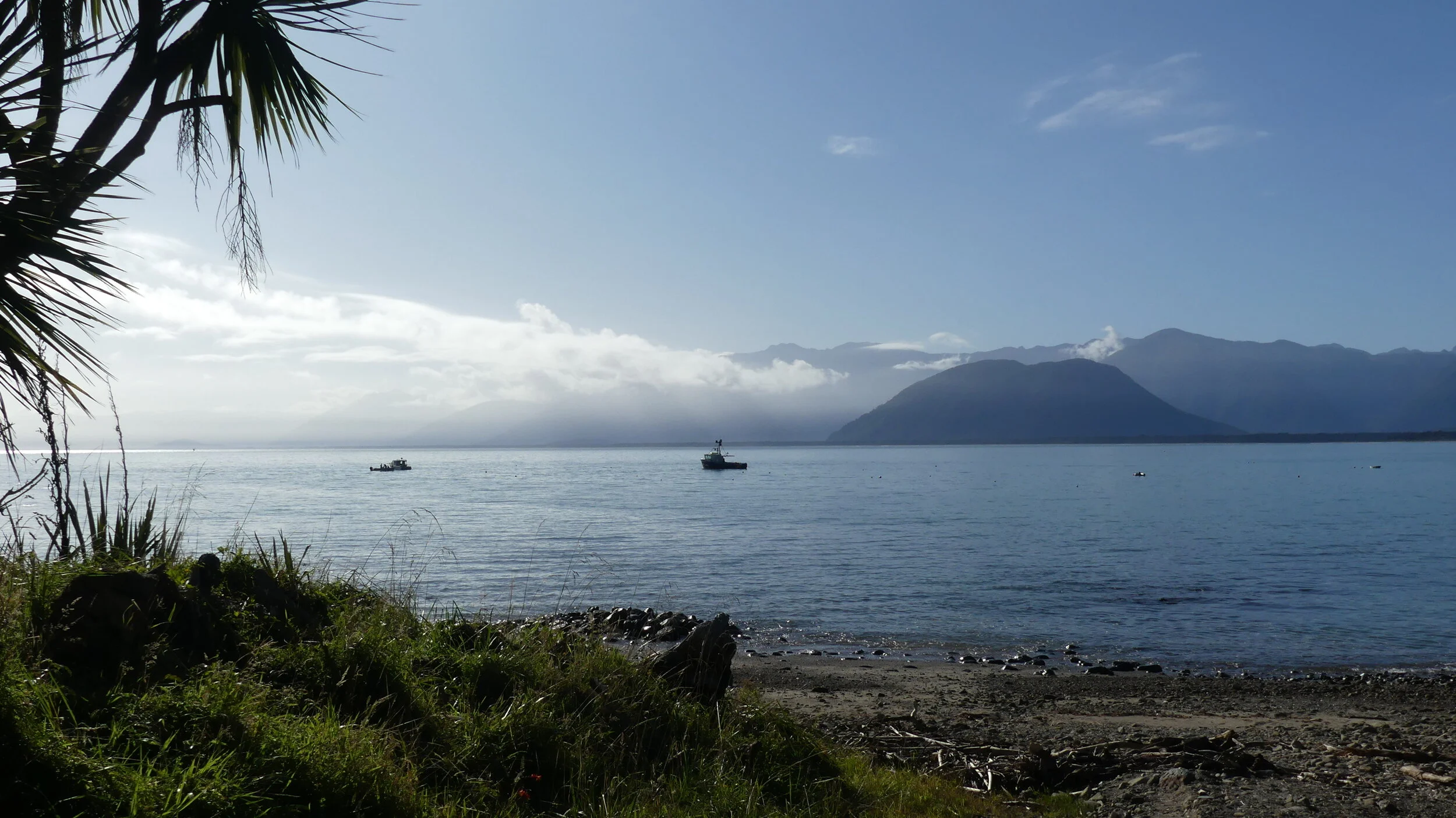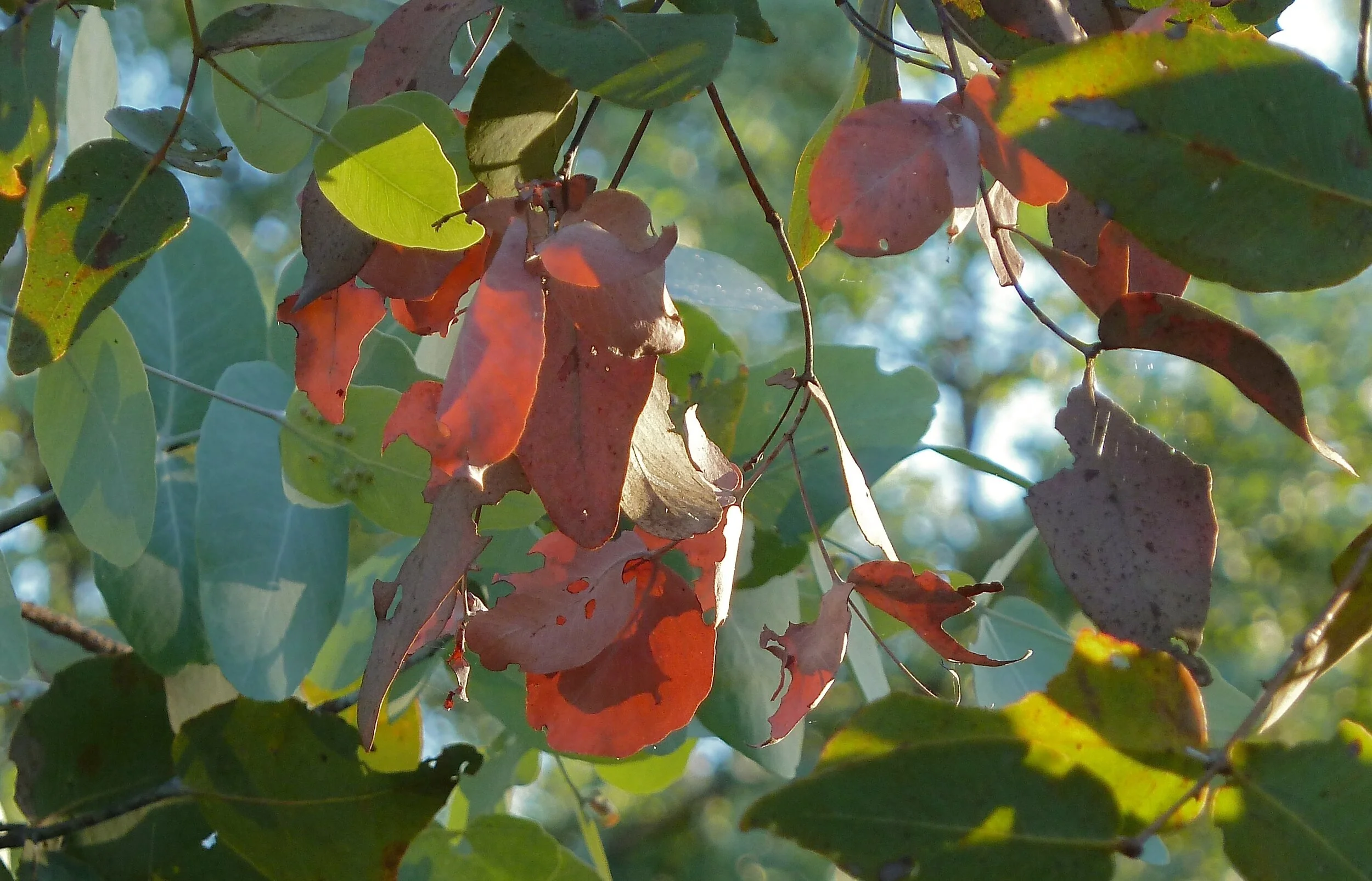A better place to be
My first awareness of the specialness of place was in Pembrokeshire, South Wales. Freshwater Bay was the name that popped into my head: it does exist but Google images do not match the remnants in my mind. It wasn’t exceptional in what is a beautiful stretch of coastline; but it had a calming, reassuring quality that made me want to sit and stare. I was pretty much a child at the time.
Years later, when my children were small, we walked to a remote lough by a ruined castle at the end of one of the jaggedy arms that jut out of southwest Ireland. The landscape was denuded and rock strewn: pretty it was not. The place felt magical, however, as reeds swished softly in an almost imperceptible breeze. We were led across fields by a local, and I doubt I would find my way there now. They used to light fires to signal to neighbouring headlands.
Special places don’t have to be natural. For example, Venice circa 1990: out of season in barely spring; before plague ships, frequent flooding and tourist tat; the sounds of lapping water and sing-song Italian rather than traffic; intricate architectural details and vibrant colour around every corner. Venice then was an almost mystical experience. It was a bit like drifting through a huge fantastical stage set.
Around the same time, Byron Bay on the northern New South Wales coast was starting to be ruined. When we lived up the road and over the border in Queensland, 20 years later in 2010, if we timed our visits carefully – mid-week, low season, bad weather – we could sometimes escape increasing hordes. There will always be surfer dudes; hippies; young-and-free dreamers; and older rat-race escapees. But during a visit from the UK in 2001, I spotted a Saga tour bus. There was no way back for Byron. I wish I’d known the unhurried backwater of the 1970s.
Still, I describe Byron as my soul home. It has not one but five stunning beaches; its own pod of dolphins who sometimes surf with humans; Cape Byron Lighthouse on the easternmost edge of the Australian continent; rich sea life off Julian Rocks in the Bay; migrating Humpbacks heading north, and then south; a Bluesfest every Easter when it rains more often than not but no one cares; and a relaxed, welcoming vibe. The town has long fought despoiling high-rise development and the worst outlet and fast-food chains; and succeeded. For several years, however, it’s been fighting a battle on its western flank, one it may yet lose.
Tallows Beach looking to Broken Head
Tallows Beach looking to Cape Byron
Wollumbin (Mount Warning) across Byron Bay
North of the town, Belongil Creek (above) idles its way into the ocean through a Special Purpose Zone of Cape Byron Marine Park. Fewer visitors get this far, and its tea tree-coloured water and shoreline vegetation is a relatively safe haven for birds. I like places birds like. The West Byron development would, however, alter the Creek irreparably. Byronshire Council threw out the plan several times, but the developer appealed over their heads to the state government.
Black-winged Stilt with Red-capped Plovers
Synchronised Pied Oystercatchers (one missing a foot)
Great Egret
Black Bittern
Ibis prefer to be closer to town
An Osprey not happy about a Crow
Woodswallow on guard
Each visit, I fear I may never return. As well as the West Byron threat, since 2016 there has been a luxury resort right beside Belongil Creek. Now, when you look across the tea tree waters you see serried day beds and primary-coloured parasols. The birds will not live in relative peace for long.
Recently I added a country to my list of special places. A whole country, which is unprecedented. I visited Kaikoura in 2011, and got a great feeling about New Zealand’s land, people and culture. In February this year, a 16-day tour of South Island was one of the best holidays ever. I’d picked up the same vibe even before we’d left Christchurch airport.
Few would argue that South Island’s scenery is spectacular: rugged mountain peaks; fjords; snow-melt-turquoise water; long deserted beaches; and unique wildlife. We were fortunate with the weather; our choice of where to stay; and the fact that coronavirus was by then keeping away some key tourist mobs. Here are a few glimpses of truly lovely places.
Sunrise over Porpoise Bay, The Catlins
Nugget Point Lighthouse, The Catlins
Tautuku Bay, The Catlins
Doubtful Sound, Fiordland
A Kea guarding Arthurs Pass, Canterbury
Pancake Rocks, Punakaiki, West Coast
In Porpoise Bay we glimpsed rare Hectors Dolphins; and Little Blue Penguins burrowed beneath our cabin, evidenced by tiny tracks leading down to the water’s edge of a morning. At ‘The Nuggets’, fur seals struggled up vertical rock walls for reasons beyond us. Doubtful Sound was beyond adequate description. Jackson Bay (top of page) was far enough off State Highway 6 to make it feel delightfully edge-of-the-worldy.
As well as birds, I like New Zealanders. As a rule, they’re more reserved than Aussies; less brash; and way more forward-thinking about protecting their environment.
Already special places can be elevated to a higher plane by an extraordinary circumstance. Death Valley would always be remarkable, but following copious autumn rains in 2015, this baked landscape produced an exceptional super-bloom of spring flowers. Talk about being in the right place at the right time. The bewitching, delicate Desert Five-Spot became an obsession. Why five?
Then there are places that may not be particularly striking or beautiful but fire the imagination, for one reason or another. In 2013, we were trapped in Tibooburra, northwestern New South Wales, by bad weather. The dirt roads were closed by national park rangers, and we were unable to continue on our outback adventure through Sturt NP to Cameron Corner at the junction of three States (QLD, NSW and SA). We were allowed, however, into nearby Dead Horse Gulley Campground, beyond which we climbed a rocky outcrop and peered out over parts we could not reach. I haven’t yet given up on Sturt National Park, named after explorer Charles Sturt, who in the mid-1840s searched for Australia’s ‘inland sea’ in its driest landscapes.
A couple of years later, we searched out Starlights Lookout northeast of Longreach in western Queensland. In the 1870s, from atop this jumpup, a notorious cattle stealer divided a thousand head of cattle (that he’d nicked and concealed on a remote property) into three groups so as to raise less dust as he drove them hundreds of miles towards the colony of South Australia through largely unexplored territory. Picture that.
Then there are places made special by their very nature, or Nature. In the Desert Uplands bioregion of Central Queensland in the early noughties, an 8000-hectare property with a land-clearing permit was bought by a group of concerned citizens seeking to prevent its remnant woodland from being cleared for grazing. Two years later it was gazetted as a Nature Refuge, allegedly ‘in perpetuity’, by way of an agreement designed to increase Queensland’s ‘protected’ estate.
Unfortunately for Bimblebox, as the Refuge was named, after its Poplar Box gums, coal lay beneath the surface, part of the vast Galilee Basin deposits, and soon a mining company came calling. By 2008, exploratory drilling had begun, as well as a battle to save this high-biodiversity-value sanctuary that continues to this day. The landholders and their now-thousands of supporters (known collectively as The Bimblebox Alliance) have lodged an objection in the Land Court to Waratah Coal’s Mining Lease and Environmental Approval. The case is scheduled to be heard in May 2021.
Hopefully before many more fauna and flora become extinct, the Australian people will lobby their governments, both state and federal, to tackle climate breakdown and the widespread degradation of land for resource development; to value nature on a par with education, healthcare and infrastructure; to reject political representatives compromised by donations from doomed fossil fuel industries and media corporations devoid of integrity.
Globally, so-called populist leaders get away with brazening out their flagrant abuse of democratic systems by simply and repeatedly denying their complicity.
Finally, I cannot write about special places without mentioning wilderness. In my list of wild places far from run-of-the-mill, I would include the semi-desert Bardenas Reales National Park in Navarra, Spain; the southernmost part of the Mani Peninsula in the Peloponnese in Greece; Glen Affric in the Highlands of Scotland; and, most recently in the US, the Painted Hills of central Oregon.
In a decade of living in Australia, I have escaped to the wilderness more than ever before. One person’s wilderness may be another’s idea of emptiness: more than one Australian has said to me: ‘Why do you like the Outback so much? There’s nothing there’. In fact, there’s almost always something there: but sometimes you have to want to see it. Some of the best wilderness – in my humble opinion – belongs to Tasmania’s inaccessible southwest. But, as First Dog would say, don’t go there, it’s horrid.
Lake Pedder (not the original)
Bathurst Harbour
Buttongrass moorland at Melaleuca





